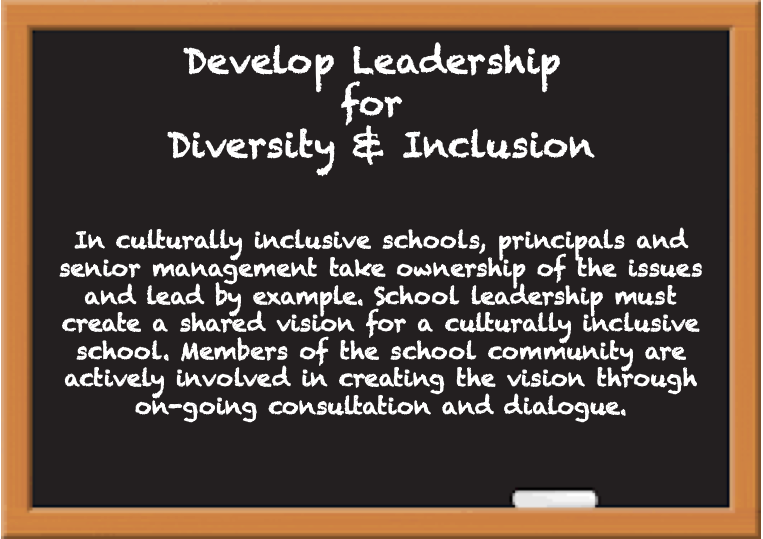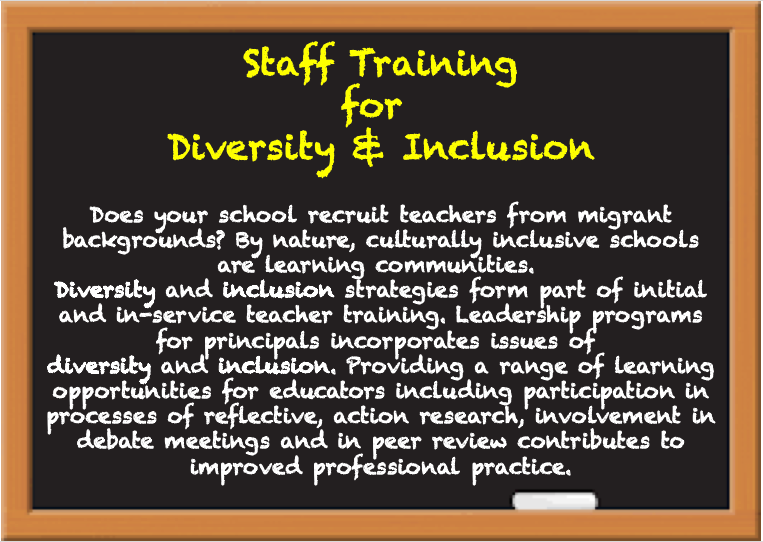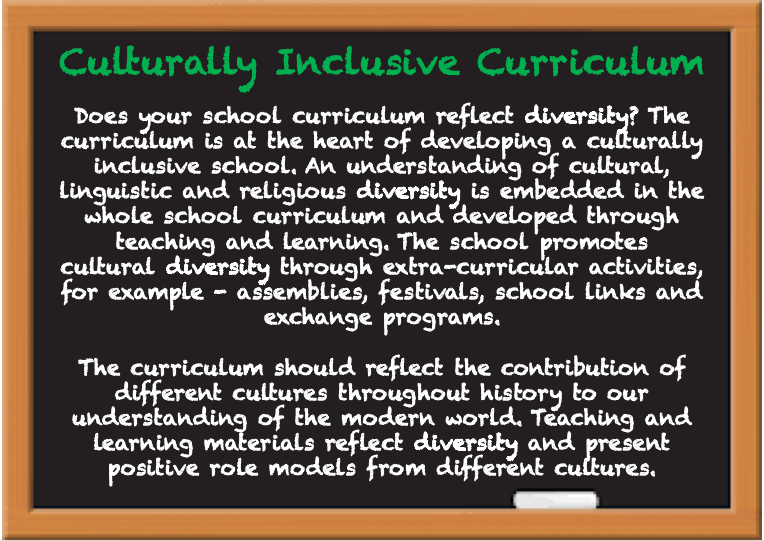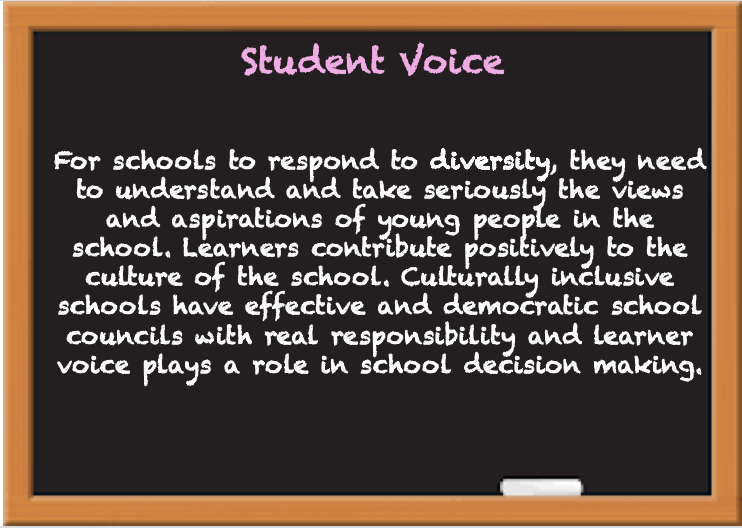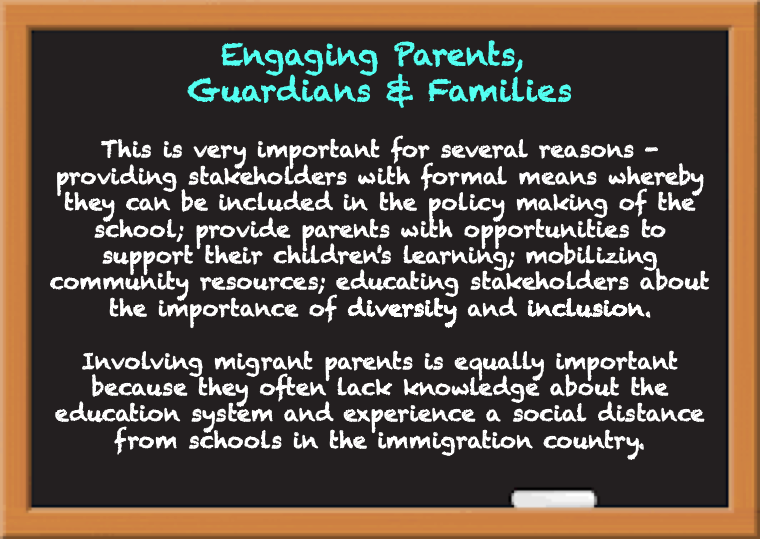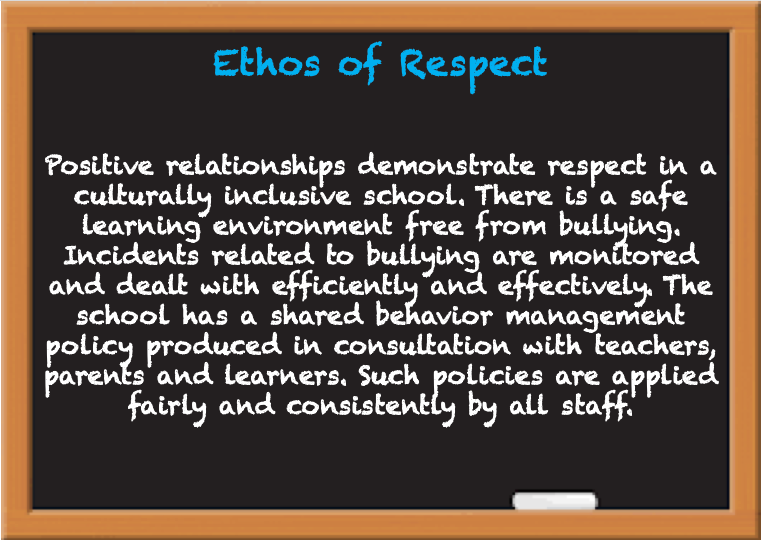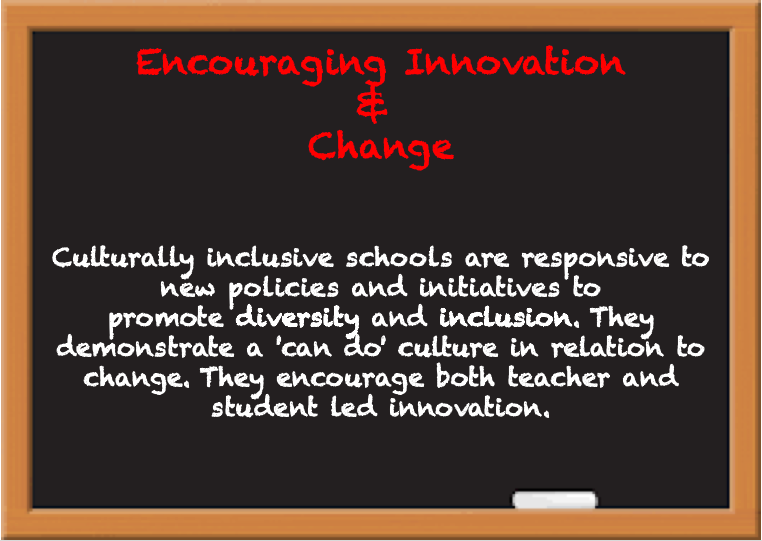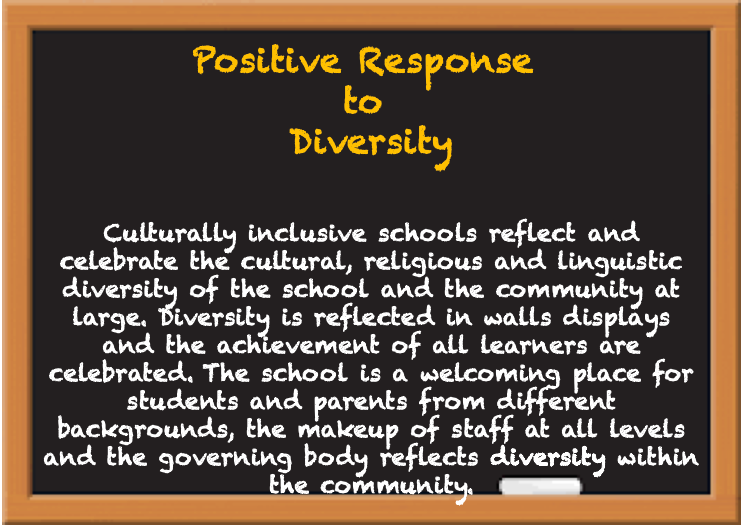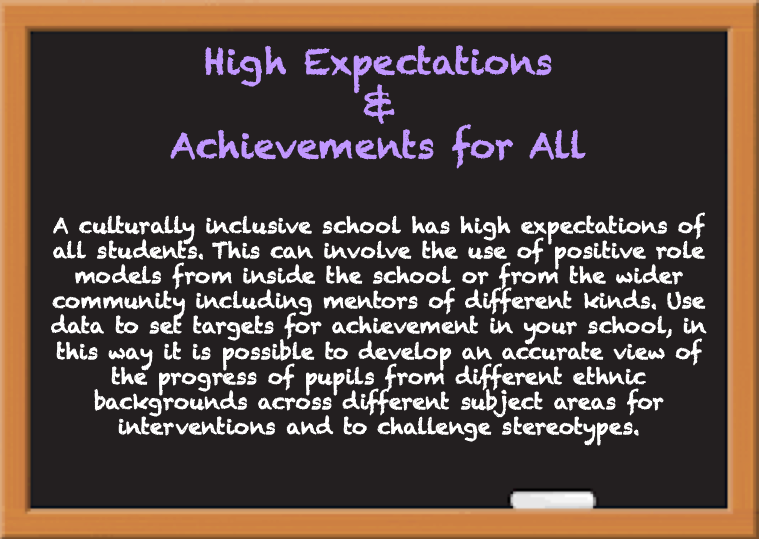The Culturally Inclusive School
I spent almost eight years in the Middle East (Egypt, Qatar and the United Arab Emirates) teaching music in international schools. The beauty of my experience was the different nationalities and diverse cultural backgrounds that blended (harmonized) so well in my lessons. At one time I had about sixteen different nationalities in a class; I wasted no time to create an elective known as "World Beats" - giving students a platform to be expressive about their cultural values through music. Parents got involved and sent me recordings and a brief history of their folk music including the different songs used during national festivals; a parent from Brazil taught me a folk song in Portuguese to share with my students and my students were very excited to learn a song from my hometown - Sierra Leone.
We also used music to reinforce our knowledge of Geography and Social Studies - hearing a piece of music enabled students to tell which part of the world or culture identifies with such music - they listened to the beat, the instruments used, the language, the melodic or harmonic structures, the form, etc. Students had the opportunity to embrace and respect the cultural values of their peers and we celebrated the discoveries of what we all had in common - "the rhythm of life." I was director of whole school productions; our assemblies were colorful, entertaining and educative. Indeed, music breaks down barriers. I told my colleagues if we can do this successfully in our music lessons, we can 'transpose' the same concept to the rest of the school. I worked with colleagues to execute cross-curricular projects and our culturally inclusive school began to blossom.
"Diversity is being invited to the party; inclusion is being asked to dance." - Verna Myers.
Here are some considerations for educational institutions to nurture a culturally inclusive school: -

